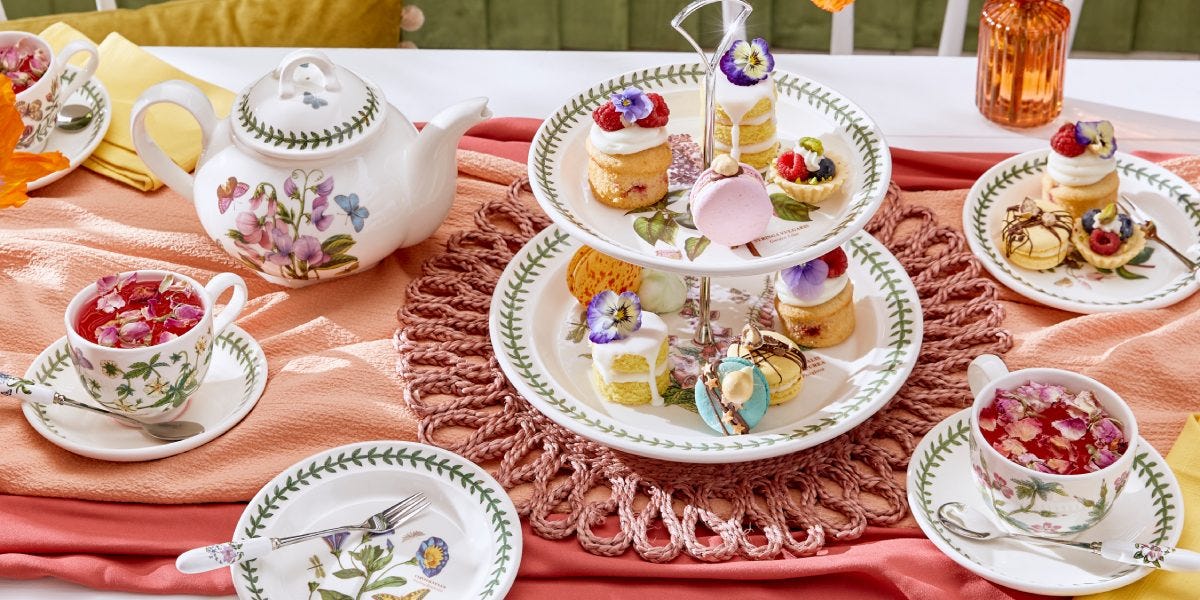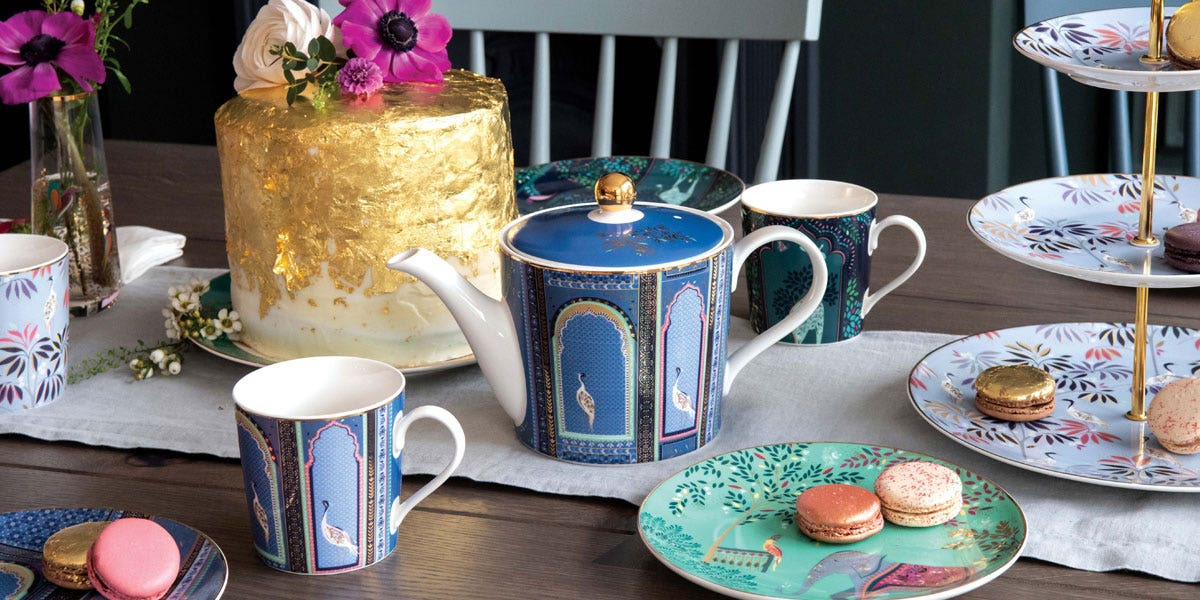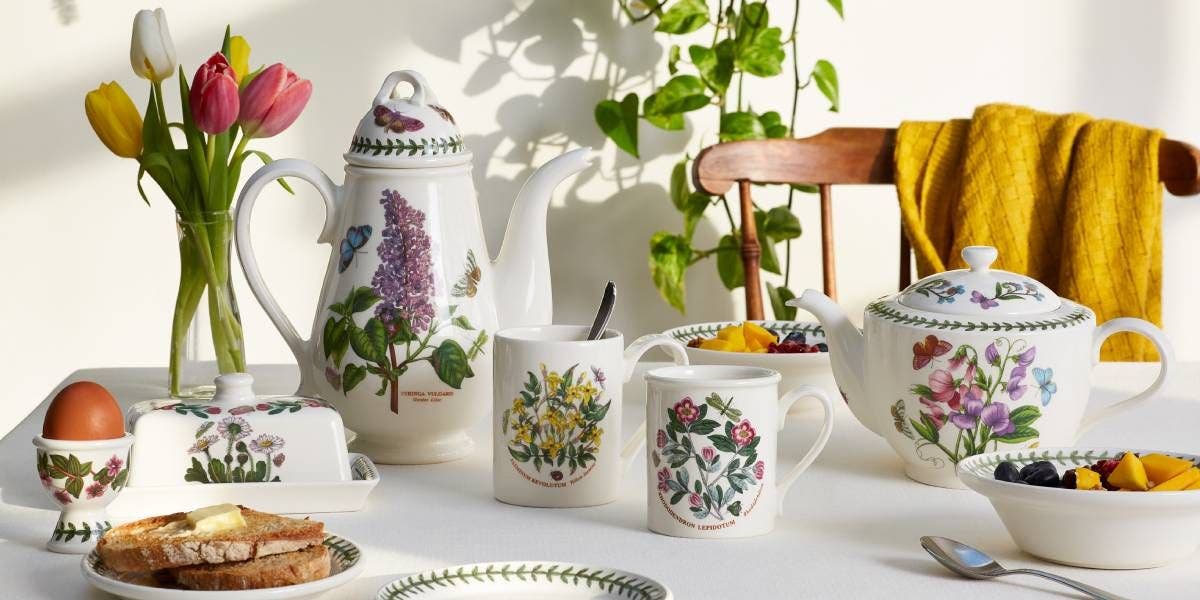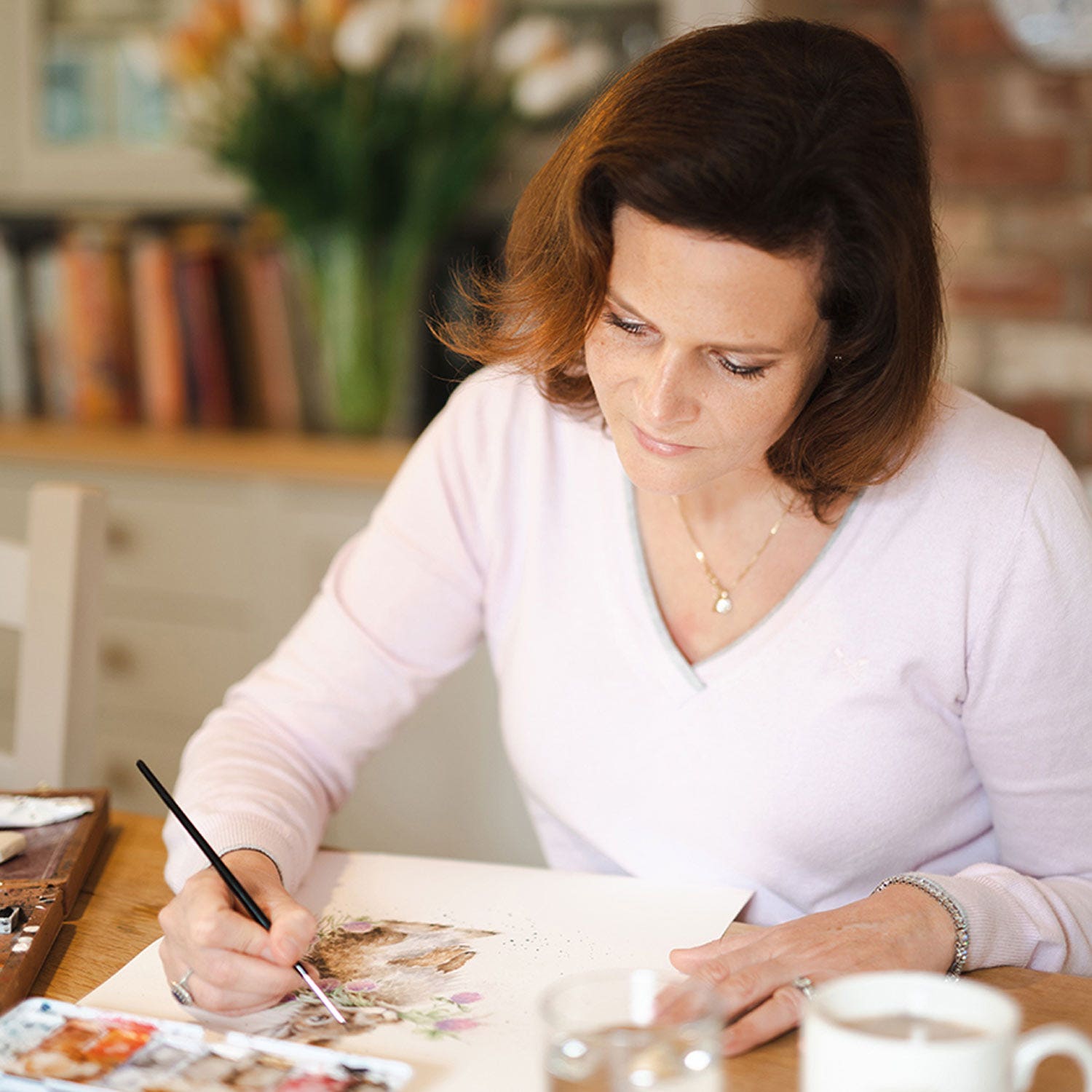
Drawing and painting is a wonderful way to get creative, to relax and to take in the world around us in a fun way. Are you new to painting or looking for a new hobby to embrace as we say hello to a new season? To inspire, we’ve sat down with award-winning artist, Hannah Dale, to share her top painting tips.
The creative genius behind the much-loved Wrendale Designs, Hannah has been drawing since she was a child and has made a thriving business (that’s now 10 years old!) out of her love and extraordinary talent for drawing and painting wildlife. Read on for Hannah’s tips and advice on what tools you need, her paper recommendations, how to improve your skill and what to do when your painting isn’t going as planned.
The tools you need for painting
I am a big believer that you don’t need to spend a lot of money on fancy equipment to produce beautiful art. Here are my tips for the tools, paints and paper to get your painting journey started:
Pencil & paper
When I’m working on a new piece, I do all of the drawing using a basic HB pencil that is easy to rub out without leaving marks if you make a mistake. For sketching in the field, it’s nice to have some softer pencils, such as 2B, which are better for capturing light and shade quickly. For watercolour painting, I recommend 300gsm cold pressed paper – any less and it will wrinkle too much with the watery paint.
Watercolour paints
I have tried many brands of watercolour paint over the years and my favourite, which I use almost exclusively now, is Daniel Smith – the colours are vibrant and smooth, they don’t fade, and you only need a little to get a beautiful effect. For many years, however, I used student-grade paints and if you’re just starting out, I would not recommend splashing out on expensive paints – you can still achieve amazing results on a budget with student paints.
Brushes
I use synthetic sable in a variety of different thicknesses. I tend to start off a painting with the thickest brush, for example a size 16 or 12, and then I work the detail with a 00 brush. If you are starting fresh a 00, 3, 8 and 12 size brush should cover most bases. And don’t forget to have two jars of water ready – one to wash your brushes and one with clean water to mix with your paint.
A sketchbook
One of the key aspects for me in improving your art is to keep a sketchbook. It can be likened to keeping a diary and to me it certainly feels as private and intimate. If you approach it with the attitude that it is just for you and that no one will ever see it, you will feel able to experiment freely with different shapes and textures.
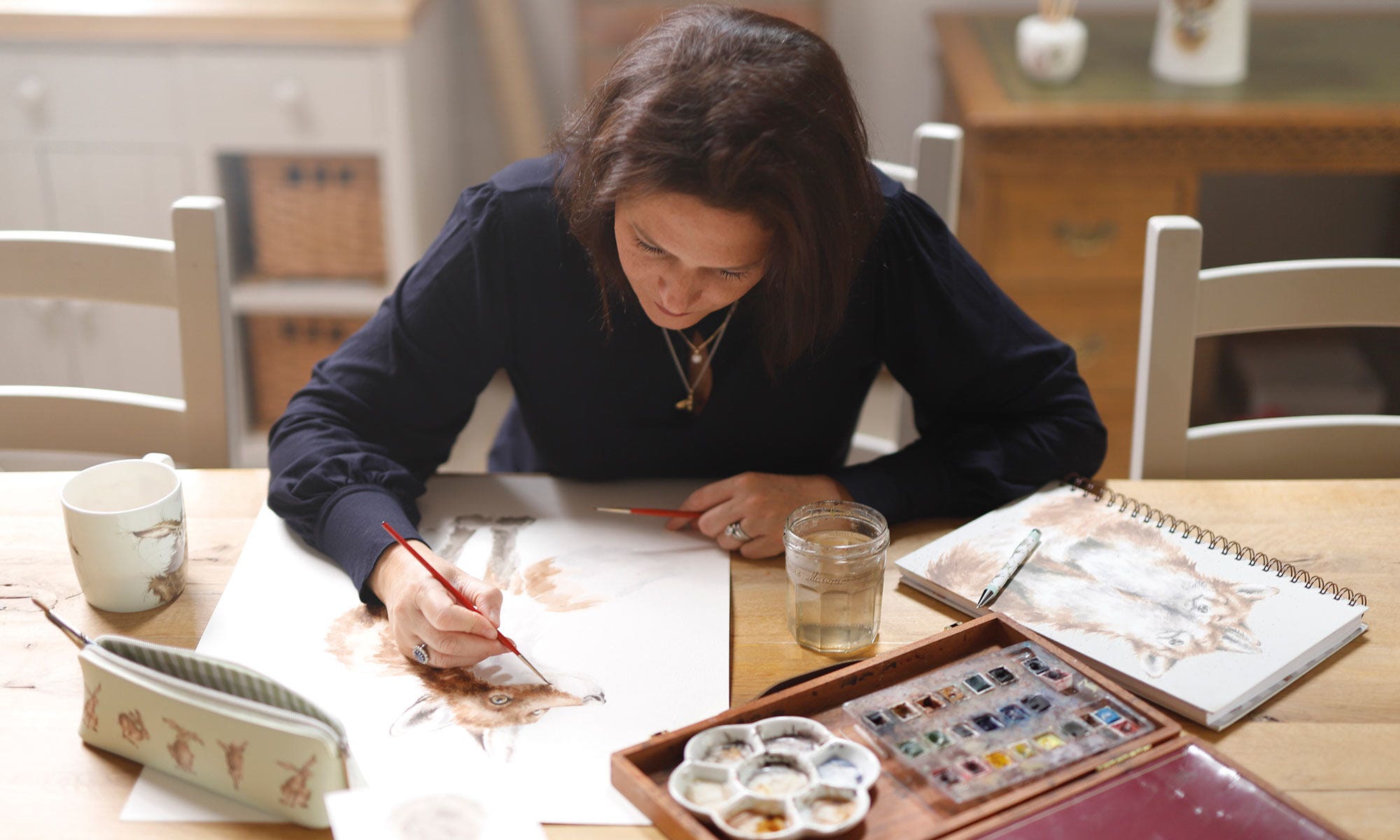
The colours to choose
You can mix virtually any colour if you have a palette consisting of a warm and cool version of the three primary colours. For painting wildlife where there can be lots of brown shades, it can be convenient to have some pre-mixed browns, but it isn’t necessary, and I usually find myself cooling or warming the tone with reds, yellows and blues anyway. A good ‘essentials’ kit for me would include the following colours:
· Ultramarine blue (warm blue)
· Prussian blue (cool blue)
· Cadmium red (warm red)
· Alizarin red (cool red)
· Cadmium yellow deep (warm yellow)
· Cadmium yellow light (cool yellow)
Nice-to-have, but not essential, colours would include yellow ochre, burnt sienna, raw umber, Paynes grey and sap green.
Lots of sets come with white but you should never really need a white in watercolour - you lighten the colour with water and use the tone of the paper to provide you with your white. If you try to mix your colours with white you will end up with a chalky, pastel effect and the colours will lose their vibrancy.
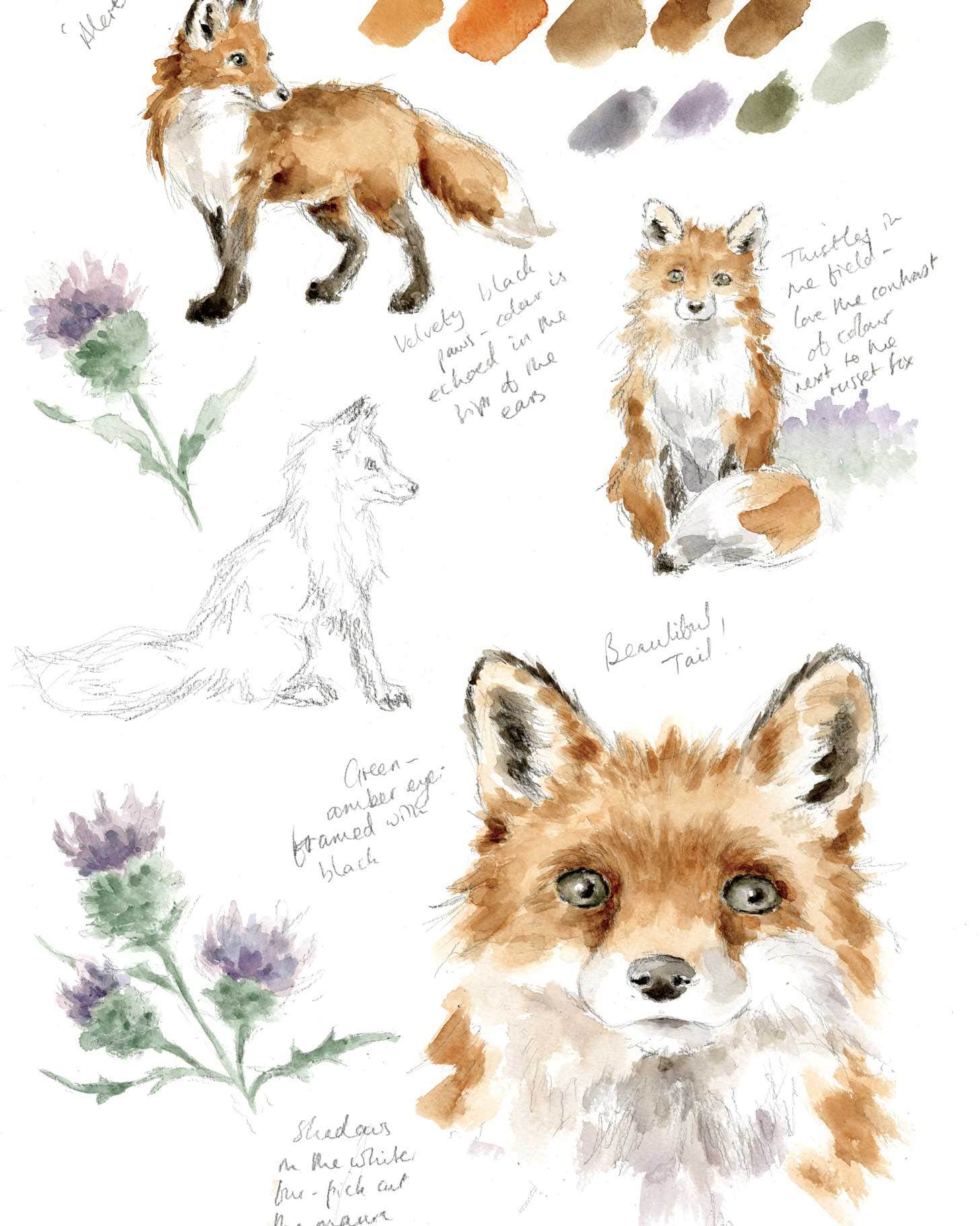
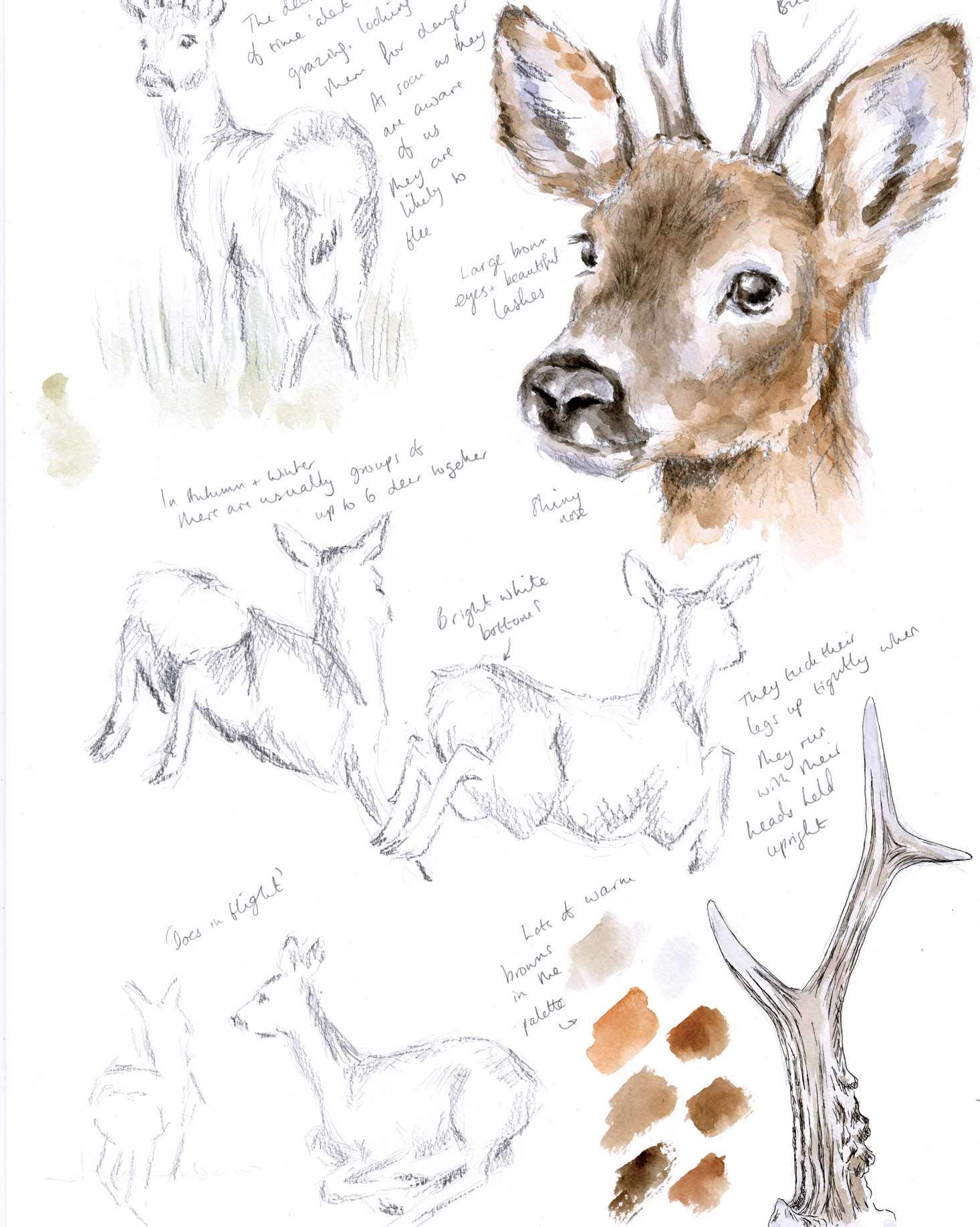
Where to find inspiration for painting
I like to be outside and love to draw things from nature. At this time of year one of my favourite things to draw are seedheads like poppy, thistles or hogweed – they have the most beautiful, intricate structures and are really satisfying subjects.
Capturing moving objects, such as wildlife, can be daunting. But the trick is to work quickly and focus on shape and form as it changes and shifts – forget about detail. I often work back into my sketches with paint and add shade or detail when I’m back inside from memory, but that is mainly because of my perfectionist tendencies, and I don’t think it is at all necessary – it is the act of sketching in the first place that is so valuable.
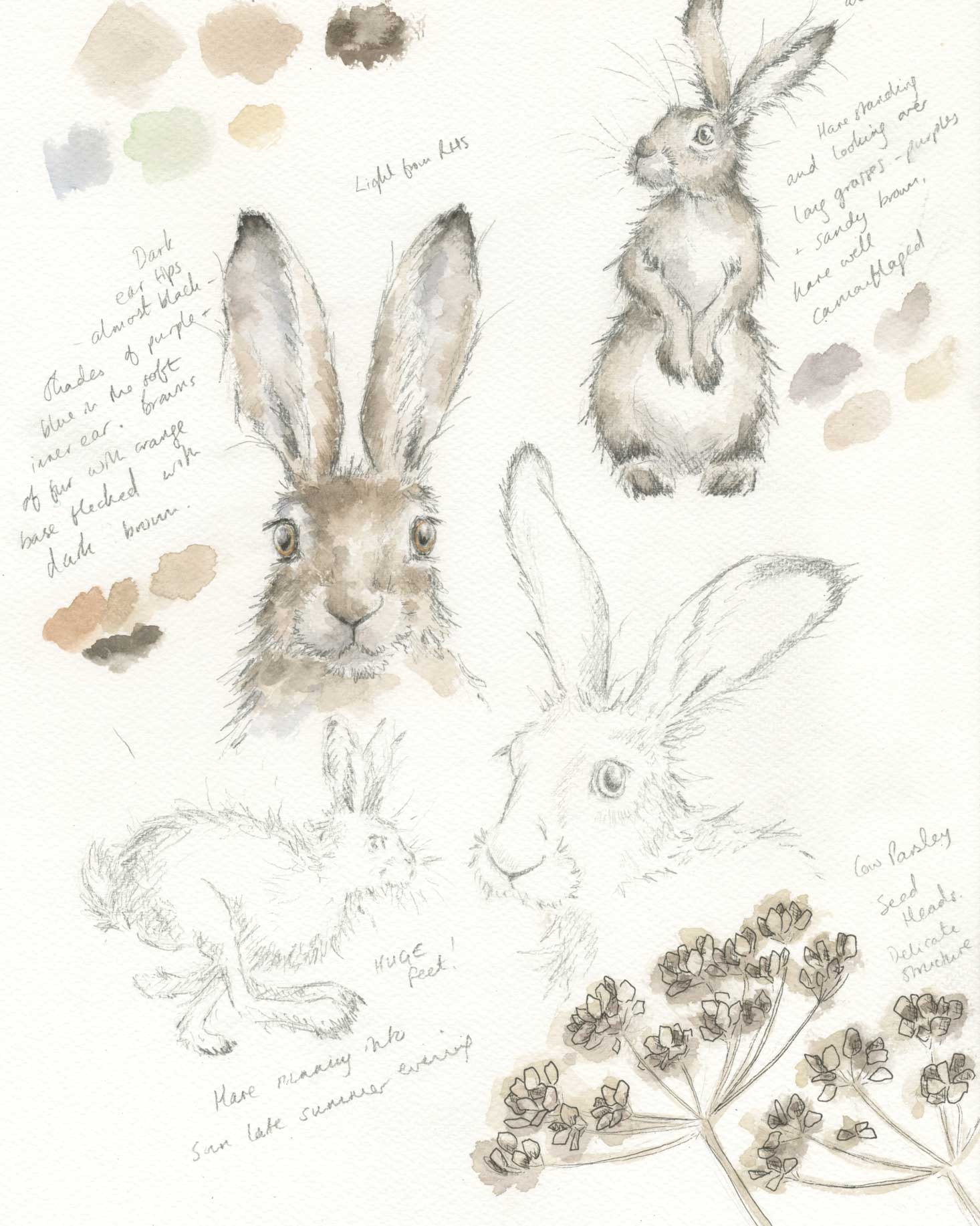
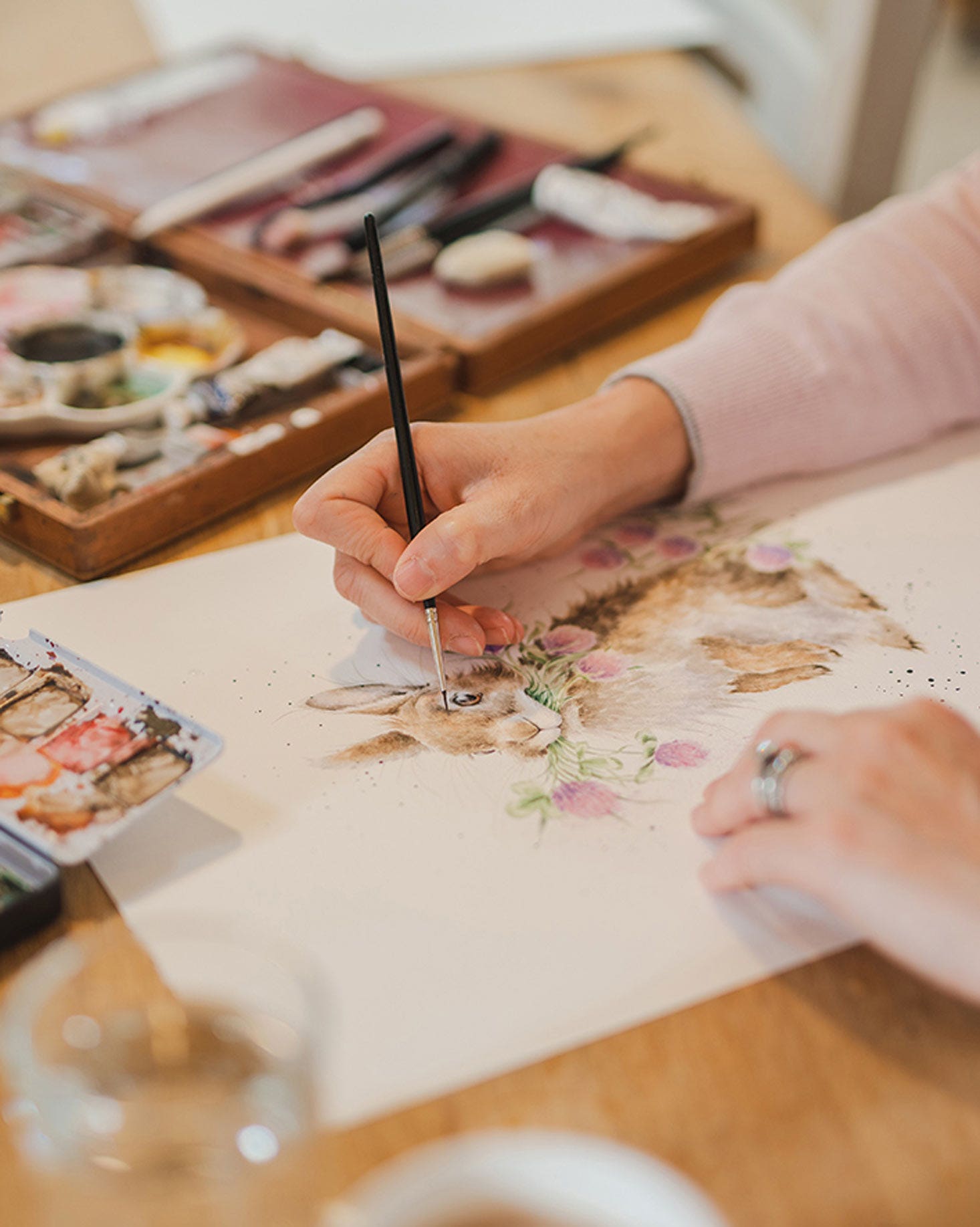
Practice makes perfect
I often hear people wishing they could draw, and I think that they assume it’s a skill that you either have or you don’t have, but I truly believe that anyone can improve their skills by practicing.
Drawing practice
It doesn’t matter what your subject is, getting into the habit of drawing what you see will really help you to get better at drawing in proportion and translating your subject matter onto paper.
Randomly, one of my favourite things to practice drawing when I was young was my left hand (I’m right-handed!) and I have hundreds of hand sketches in lots of different poses – it’s really interesting to see how they improved over time.
Colour practice
One of the benefits of having a limited palette, rather than one containing every colour pre-mixed, is that it makes you think much harder about the tone of the colours, and I think it’s much more fun experimenting with warm and cool shades, tweaking and adjusting as you work.
Practicing mixing colours is a great exercise and really helps – if you take the three primary colours and create a colour wheel, mixing all the shades in between, it will help you to learn how the paints behave with one another. Try to mix a cool colour wheel and a warm colour wheel – that will make it much easier to select a colour you want and know exactly how to achieve it.
What to do if you’re painting isn’t going as planned
Mirror view
If you are struggling with a piece and can’t work out why, take a look at it through a mirror. For some reason, the issue often just jumps out at you – it’s like seeing it again with fresh eyes.
Have a break
I often get frustrated with my work and leaving it for a while (even a few weeks) before coming back to it is hugely helpful – it’s usually not as bad as I thought!
We hope you find the tips and advice from Hannah helpful. Read more about Hannah, her painting journey and our Wrendale Designs collection here.







